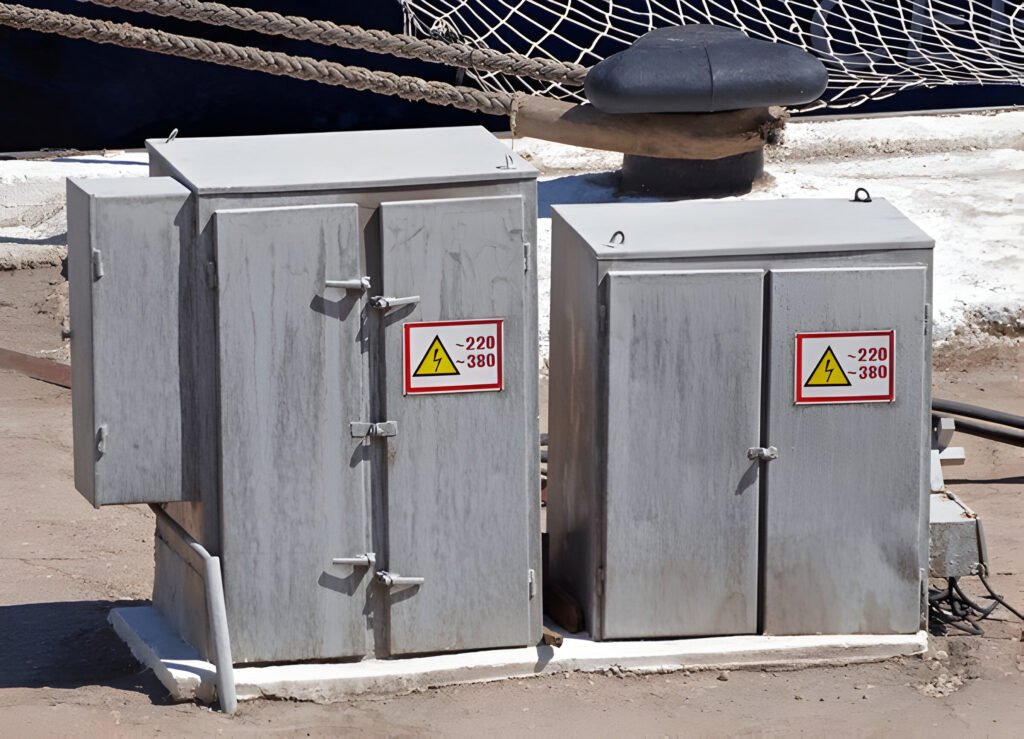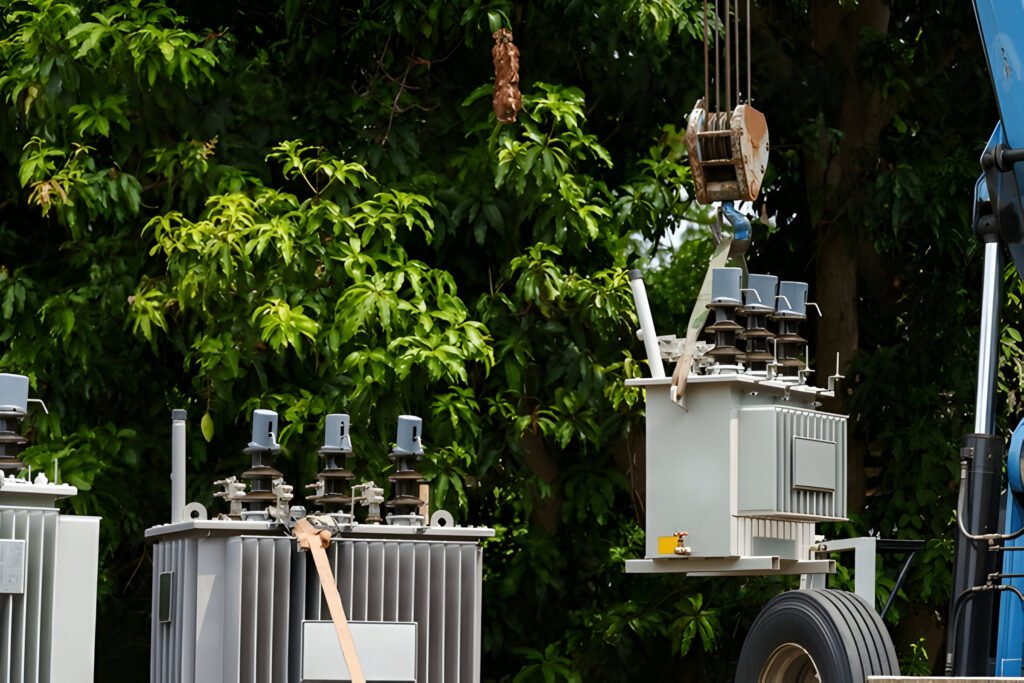How to Test a Transformer
Learn the steps to safely test a transformer and ensure it is functioning properly in this concise guide.

Grounding transformers is a critical safety procedure that ensures the proper functioning of electrical systems and prevents dangerous fault currents. Failure to properly ground a transformer can lead to catastrophic equipment damage, service disruptions, and even loss of life.
In this comprehensive guide, we will delve into the intricacies of transformer grounding, covering best practices, industry standards, and practical implementation techniques.
A grounding transformer is a specialized type of transformer designed to provide a low-impedance path to ground for electrical systems. Its primary purpose is to limit the magnitude of transient overvoltages and provide a reliable ground fault current path.
Unlike ordinary transformers, which are used to step up or step down voltage levels, grounding transformers have a unique winding configuration that allows for the creation of a neutral point. This intentional connection to ground enables the transformer to effectively manage fault currents and maintain a stable ground potential. By providing a conductive path for zero-sequence currents, grounding transformers help to minimize voltage fluctuations and limit the duration of ground faults.
There are two main types of grounding transformers: grounded wye-delta and zig-zag transformers.
Grounded wye-delta transformers, also known as wye-delta grounding transformers, consist of a primary winding connected in a wye configuration and a secondary winding connected in a delta configuration. The neutral point of the primary winding is solidly grounded, providing a direct connection to ground. This arrangement allows for the effective grounding of the electrical system and the creation of a return path for ground fault currents.
One of the main advantages of grounded wye-delta transformers is their ability to handle high fault currents while maintaining a low impedance path to ground. The delta-connected secondary winding helps to circulate and suppress zero-sequence currents, reducing the impact of ground faults on the primary circuit. Additionally, the grounded neutral point of the primary winding serves as a reference point for protective relaying equipment, enabling accurate fault detection and isolation.
Zig-zag transformers, also known as Z-type or interconnected star transformers, feature a unique winding configuration that provides a low-impedance path for zero-sequence currents. The windings are arranged in a zig-zag pattern, with each phase consisting of two half-windings connected in series. This arrangement creates a virtual neutral point, which is then grounded, allowing for the effective grounding of the electrical system.
Compared to grounded wye-delta transformers, zig-zag transformers offer several advantages:

When selecting a grounding transformer for your electrical power systems, there are several critical parameters to consider to ensure safe operation, reliable protection schemes, and compliance with relevant standards.
Grounding transformers are available in a wide range of primary voltages to accommodate various electrical systems. Common primary voltages include 480V, 600V, 2400V, 4160V, 12.47kV, and higher, depending on the specific requirements of the installation.
The kVA capacity should be sufficient to handle the maximum expected ground-fault current without exceeding the transformer’s thermal limits. Factors such as the system voltage, impedance, and required fault clearing time should be considered when determining the appropriate kVA rating. Undersizing the transformer can lead to overheating and potential damage, while oversizing can result in increased costs and space requirements.
Grounding transformer impedance plays a vital role in limiting the ground-fault current to a level that can be safely handled by protective devices and minimize equipment damage.
The impedance value is typically expressed as a percentage of the transformer’s rated kVA and voltage. Lower impedance values result in higher fault currents, which may require more robust protective relaying equipment. Conversely, higher impedance values limit fault currents but may impact the sensitivity and coordination of protection schemes.
The most common connection for grounding transformers is the Zig-Zag (Z-type) configuration, which provides a low zero-sequence impedance path for ground-fault currents while maintaining high positive and negative sequence impedances. This connection effectively limits the fault current and minimizes the impact on the healthy phases. Other winding connections, such as wye-delta or grounded wye-delta, can also be used depending on the specific application requirements and grounding objectives.

The most common method for grounding the transformer secondary is through a solid connection to the neutral point. This intentional connection provides an effective path for ground-fault currents, limiting the potential difference between the transformer winding and ground during abnormal conditions.
When grounding the secondary of a transformer, the following steps should be taken:
In general, transformers should be grounded in accordance with the following guidelines:
The National Electrical Code (NEC) provides requirements for grounding transformers in Article 250. Some key requirements include:
Additionally, NEC Article 450 covers the installation and protection of transformers, including grounding requirements for specific transformer types and configurations.
In most cases, only one side of a transformer is grounded, typically the secondary side. Grounding both the primary and secondary windings can lead to undesirable circulating currents and potential safety hazards. However, there are specific situations where grounding both sides may be necessary, such as:
Failing to properly ground a transformer can result in various negative consequences, including: